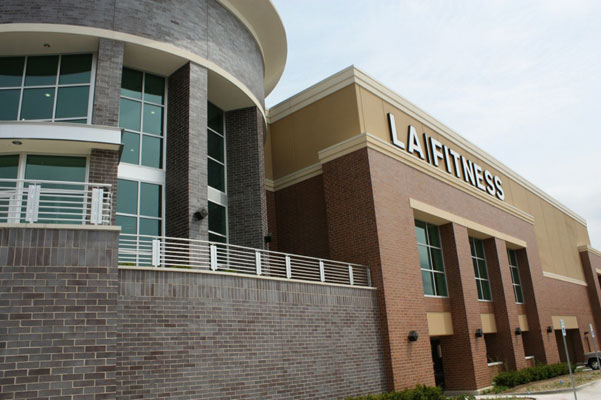Thin Brick
Lightweight Masonry Veneer
Thin brick is a lightweight masonry veneer used on the exterior walls of homes and commercial buildings to give the appearance of traditional brick at a more affordable cost and lower impact to the environment. Thin brick, which is also known as brick veneer, is most often made from a combination of clay, gravel and cement. In some cases, recycled materials from old or destroyed buildings can be used to create the brick veneer. Made with only a portion of the components of most bricks, the cost of thin brick is much more affordable than traditional full-thickness brick. Thin Brick is also be referred to as faux brick, veneer brick, and although an incorrect description, fake brick. Thin Brick Veneer is perfect for either exterior or interior installation. View Ambrico’s list of recommended thin brick manufacturers.
Along with being more affordable and green , thin brick is also easier to install than standard full-thickness brick. See detailed installation methods below. In comparison to other building materials, thin brick is not only more aesthetically pleasing, but it’s durable and requires less maintenance than vinyl, metal or wood siding. Metal siding is prone to dents and can fade with time, and wood siding requires extra painting and can be damaged by rot, insects, warping or splitting. When tested against vinyl siding, brick veneer proved to be more durable and less likely to puncture upon impact. To view a video demonstration, click here. Check out our full featured Advanced Thin Brick Calculator for project estimates.

Installation: Thin Brick
As the masonry materials have changed, so too have the installation methods. In years past, the two basic methods for installing thin brick walls using masonry veneer were the anchored system and the adhered system. The anchored system relies on brick ties or angle brackets to anchor the brick veneer wall to a building’s structural framing. The adhered system requires a thin layer of mortar to attach the thin brick veneer to the structure and does not require the use of brick ties, also known as anchors. Today, those more traditional methods for installing thin brick are becoming obsolete to Ambrico’s EZ Wall® Engineered Thin Brick System. The EZ Wall System is fast and easy to install and features heavy-duty panels to provide the most strength and durability offered from a thin brick installation system. Find the complete installation guide (PDF) and other technical information here.
It is important to note that brick veneer is a lightweight surface material primarily used for appearance. Thin brick is not to be used as a load bearing material and will not improve a building’s structural integrity. However, thin brick walls are self-supporting, placing no additional burden on the building’s structural components. Because the veneer walls are non-structural, they can be installed after the building’s walls and roof, and with out a costly brick ledge which is required for full brick, providing a great deal of flexibility for builders.
There are some disadvantages that should be considered before installing brick veneer siding on the outside of a home or building. Although the installation process is easier than installing a traditional masonry wall, it is not recommended as a first time do-it-yourself project for homeowners without professional contracting experience. When installed properly, an air cavity is maintained behind the brick veneer to allow for effective drainage, which keeps water or moisture from damaging the home or building. However, if the thin brick is not properly installed, the building can be subject to water damage.
About Brick Tile
Thin brick or brick veneer may also be used in the form of brick tile. Brick tile is often used on the interior or exterior of homes and commercial buildings for things such as floors, patios, fireplaces or walls. Brick tile is made either from salvaged brick shaved into thin slices that give the appearance of old-fashioned brick, or from new clay that is molded into tiles offered in a variety of shapes, sizes, colors and patterns. Brick tile is becoming increasingly popular in the United States because it is sturdy, fireproof, and easy to maintain, as well as having the classic appearance of real brick at a fraction of the cost.
Installation: Brick Tile
Traditionally, new brick tile are laid by professional masons with mortar spread underneath and between the tiles. The use of Ambrico’s EZ-Wall system speeds the installation process, creates less mess and saves time. When used for home siding and walls, 1/2” (1.3 cm) brick is generally used. An air gap is left between the wall and the brick, with a moisture-resistant layer and weeps holes to allow moisture to escape. Chemical sealants may be applied for extra moisture and stain resistance. Thinner 15/16” (2.4 cm) brick slices are used for floors and in place of ceramic tile in bathrooms and kitchens. These brick tiles can be sealed with low or high-gloss polyurethane to protect them and keep them clean, and should be waxed yearly to maintain their finish.
No matter the Brick project – thin brick is a viable alternative to traditional brick at a fraction of the resource, install and environmental costs.

